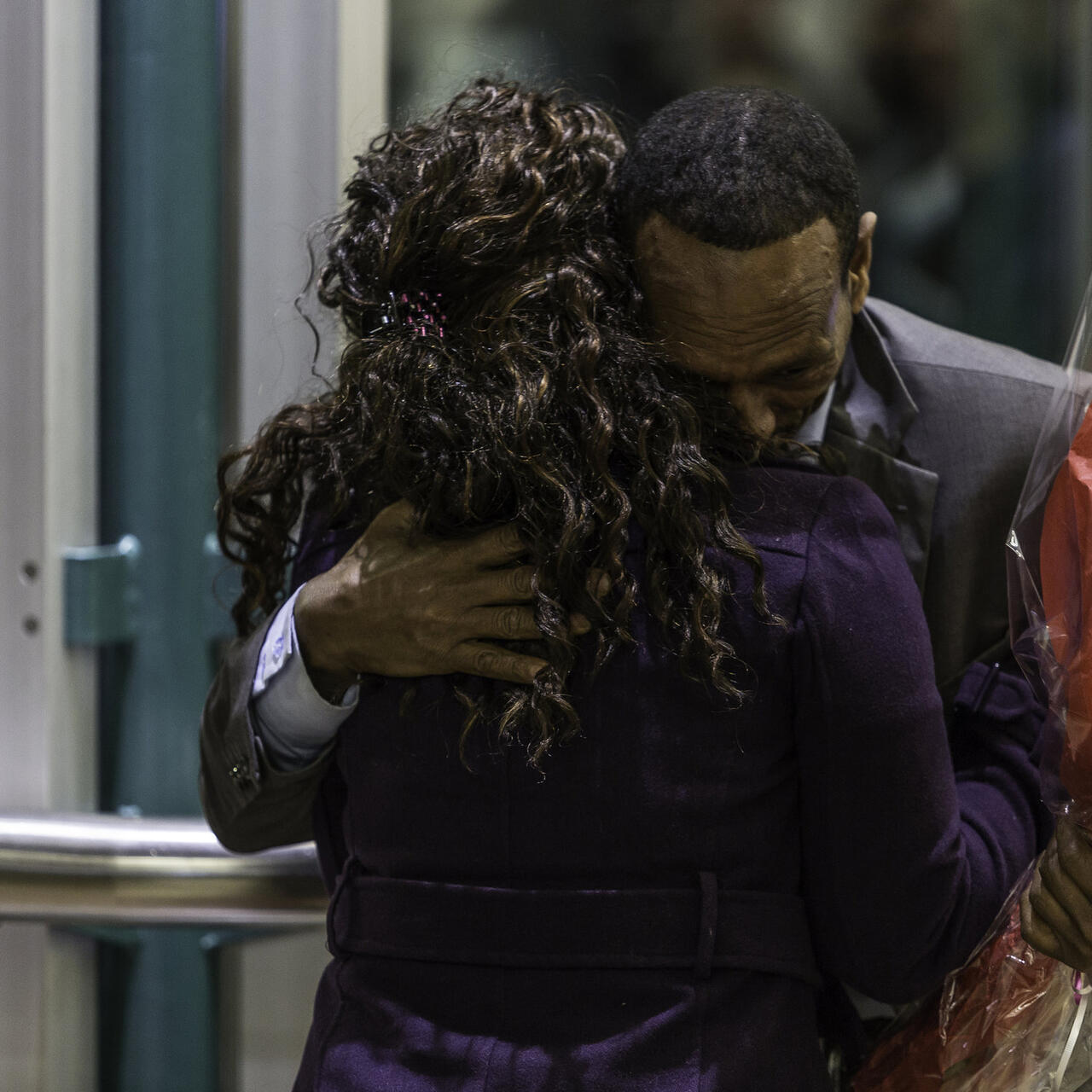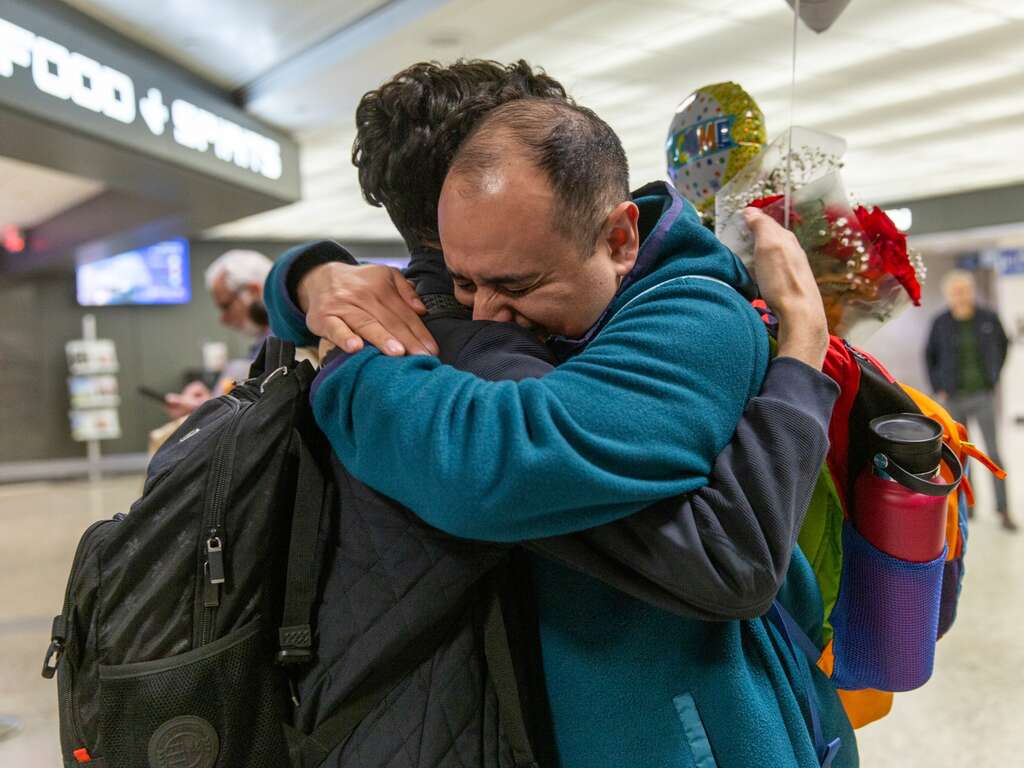
In one of his first acts as president, Donald Trump signed an executive order on January 27 that would suspend the United States refugee resettlement program, ban Syrian refugees indefinitely, and block travelers from seven Muslim-majority countries.
This travel ban, based on an unfounded belief that it would make America safer from terrorism, was put into effect immediately. It caused chaos at airports around the world as travelers — including those already holding valid U.S. visas and green cards — were detained and in some cases deported from the U.S., and others were prevented from boarding their flights.
Families found themselves separated by oceans indefinitely, and refugees who were on their way to the U.S. after going through up to 36 months of extreme vetting were suddenly labeled “dangerous” and no longer welcome.
Protests immediately broke out across the U.S. and legal challenges swiftly followed. On Feb. 9, in the latest legal setback for the executive order, the three judges on a federal appeals court panel unanimously declined to reinstate the travel ban. The Trump Administration promised a swift response.
As the situation unfolds, we’ve pulled together everything you need to know about the impact of the ban on refugees and what you can do to help.
The basics
What is a refugee?
Why is President Trump banning refugees?
Who are the refugees the president wants to ban?
Are refugees terrorists?
How are refugees selected and vetted?
What does the resettlement process look like?
How is the ban impacting refugee families?
How to get involved
Make a donation to help refugees




